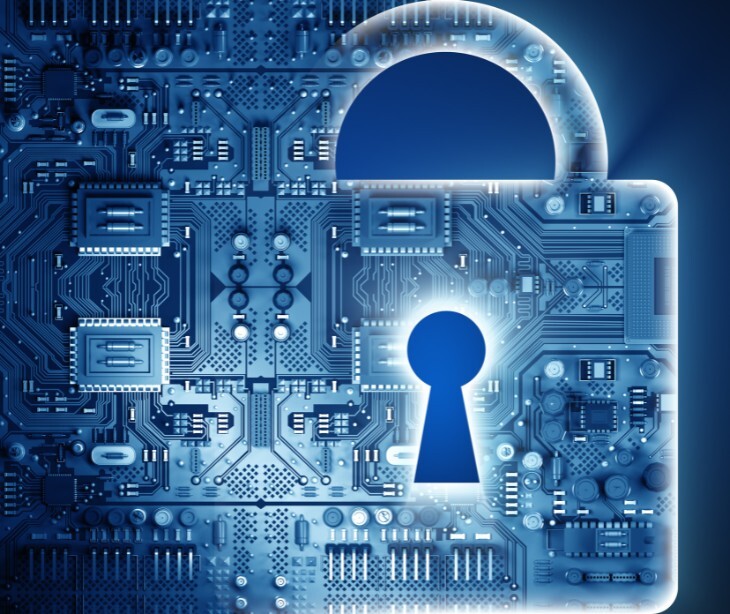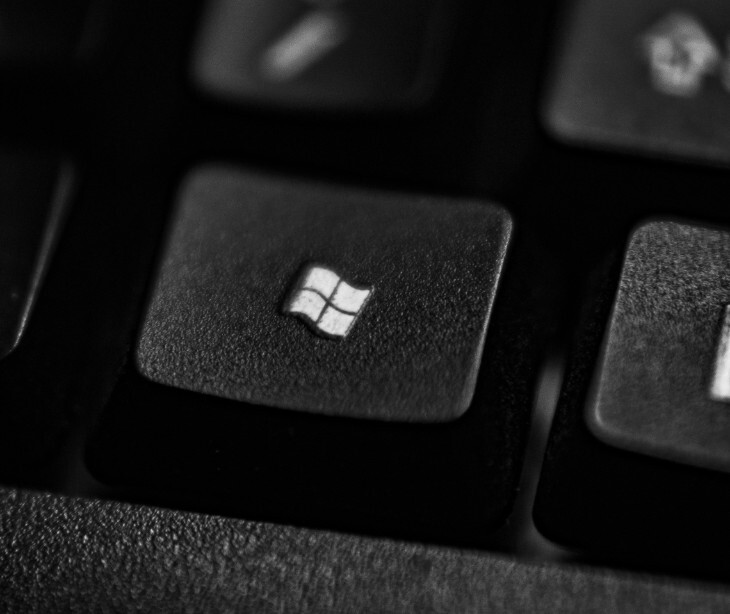%20-%202024-10-22T224751.797.jpg)
Fileless malware is malicious code that uses a company’s memory instead of the hard drive. It uses legitimate programs to compromise a computer instead of malicious files. It is “fileless” because when a machine gets infected, no files are downloaded to the hard drive.
Understanding fileless malware
Fileless malware is a malicious code that operates without leaving any trace on the victim's hard drive. Instead of relying on malicious files, it uses legitimate, trusted applications and system processes to execute its payload. The stealthy approach allows fileless malware to bypass traditional antivirus and security solutions, which typically focus on detecting and removing malicious files.
How fileless malware works
Fileless malware directly infiltrates a computer's memory, often through social engineering tactics or by exploiting vulnerabilities in trusted software. Attackers may use techniques like memory code injection or Windows registry manipulation to insert their malicious code into legitimate applications. Once embedded, the fileless malware can execute commands, steal sensitive data, and spread to other systems without leaving any obvious signs of its presence.
Types of fileless malware attacks
Fileless malware attacks can take various forms, but they generally fall into two primary categories:
Memory code injection
In memory code injection attacks, the malicious code is hidden within the memory of otherwise benign applications. Attackers often target vulnerabilities in software like Flash, Java, or web browsers to gain a foothold in the system and inject their payload into the memory of trusted processes.
Windows registry manipulation
Another common tactic is to manipulate the Windows registry, a component of the operating system that stores configuration settings. Attackers can use malicious links or files to write and execute fileless code directly into the registry, bypassing traditional security measures.
Top fileless malware threats
Some of the most prominent fileless malware threats include:
- Frodo: A sophisticated fileless malware that uses PowerShell to infiltrate systems and establish persistent access.
- Number of the Beast: A fileless malware variant that abuses Windows Management Instrumentation (WMI) to execute a malicious code.
- The Dark Avenger: A fileless malware known for its ability to evade detection by modifying system processes and registry entries.
- Poweliks: A fileless malware that uses the Windows registry to maintain persistence and execute its payload.
Detecting fileless malware
Detecting fileless malware is a challenge, as traditional antivirus solutions are often ineffective against these threats. To combat fileless malware, security professionals must shift their focus from detecting malicious files to identifying suspicious activities and behaviors.
Indicators of attack
Rather than relying on file signatures, which are the hallmark of traditional malware detection, security teams should focus on identifying indicators of attack (IOAs) – observable activities that suggest the presence of a fileless malware threat.
Managed threat hunting
Employing managed threat-hunting services can be an effective way to detect and mitigate fileless malware. These specialized teams use advanced analytics and threat intelligence to continuously monitor the environment, identify suspicious activities, and respond to potential threats.
Preventing fileless malware attacks
Preventing fileless malware attacks requires an approach that addresses technical and human vulnerabilities.
Vulnerability management
Keeping software and systems up-to-date and patching known vulnerabilities as attackers often exploit software flaws to gain initial access and deploy their fileless malware payloads.
User awareness and training
Educating employees about social engineering tactics and the risks of clicking on suspicious links or attachments can help mitigate the primary entry point for many fileless malware attacks.
Advanced security solutions
Deploying security solutions that can detect and mitigate fileless malware, such as next-generation antivirus (NGAV), endpoint detection and response (EDR), and security information and event management (SIEM) tools, can improve an organization's ability to defend against these threats.
In the news
Since 2018, a previously unknown group called "Unfading Sea Haze" has been secretly targeting military and government organizations in the South China Sea. Discovered by Bitdefender, this group appears to support Chinese geopolitical goals and focuses on espionage. Their attacks often start with phishing emails containing ZIP files disguised as documents. These files include malware that gives attackers remote control of infected systems. Unfading Sea Haze also uses scheduled tasks to hide malicious files and manipulates local administrator accounts to stay hidden.
FAQs
What is fileless malware and how does it relate to healthcare security?
Fileless malware is a type of malicious software that operates without leaving traditional files on the system. Instead, it resides in the memory or utilizes legitimate system tools and processes to execute its payload. In healthcare, fileless malware can compromise electronic protected health information (ePHI) and other systems while evading traditional file-based security measures.
Why is fileless malware a threat to HIPAA compliance?
Fileless malware is a threat to HIPAA compliance because it can bypass traditional security measures designed to detect file-based threats. Since fileless malware operates in memory and often exploits legitimate system tools, it can be difficult to detect and remove, leading to unauthorized access to ePHI, data breaches, and potential violations of HIPAA’s privacy and security regulations.
What are the potential risks associated with fileless malware under HIPAA?
- Data breaches: Fileless malware can access and exfiltrate ePHI without leaving detectable traces, compromising patient privacy and leading to HIPAA violations.
- Data manipulation: Malicious actors can alter medical records or other sensitive data without detection, affecting patient care and treatment decisions.
- Non-compliance penalties: The stealthy nature of fileless malware can result in undetected breaches, leading to legal and financial penalties for failing to protect ePHI.
- Operational disruptions: Fileless malware can disrupt healthcare systems and services by interfering with system operations or causing performance issues.
- Reputational damage: Data breaches and system disruptions caused by fileless malware can damage the organization’s reputation and erode patient trust.
How can healthcare facilities protect against fileless malware to maintain HIPAA compliance?
- Implementing advanced security solutions: Using endpoint detection and response (EDR) tools that can identify and mitigate threats based on behavior and anomalies, rather than relying solely on file-based detection.
- Monitoring system activity: Continuously monitor system and network activities for unusual behavior, such as unexpected use of legitimate system tools or abnormal memory usage.
- Applying least privilege principles: Restricting user permissions and limiting access to only necessary system functions to minimize the potential impact of fileless malware.
- Regularly updating and patching systems: Keeping software and operating systems up-to-date to close vulnerabilities that fileless malware could exploit.
- Training staff: Educating employees on recognizing signs of suspicious activity and the importance of following security protocols to reduce the risk of malware infections.
Learn more: HIPAA Compliant Email: The Definitive Guide




